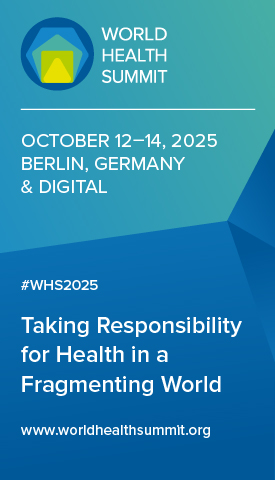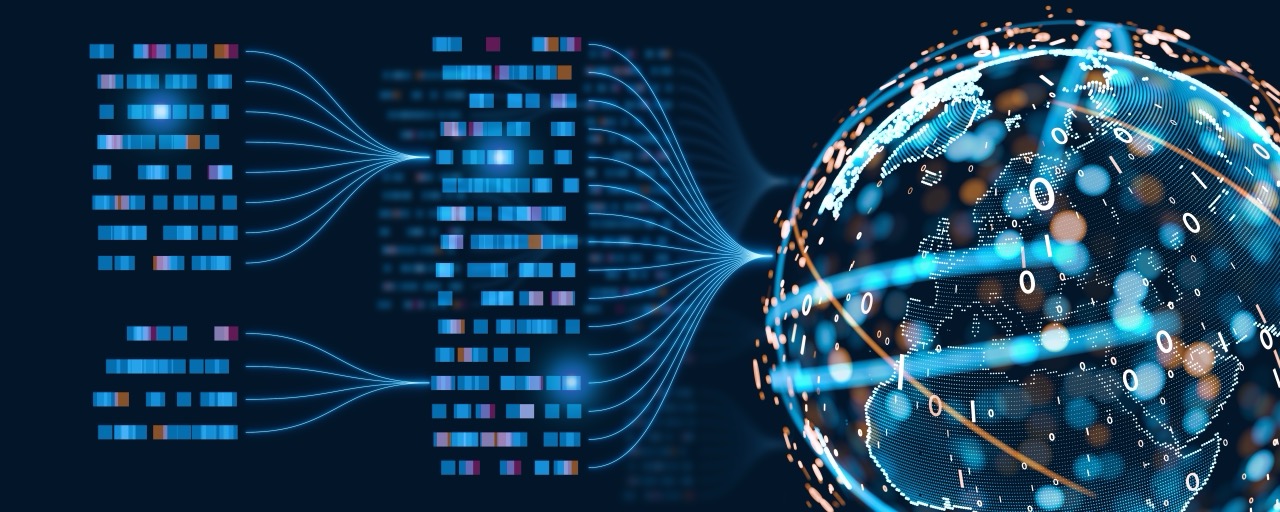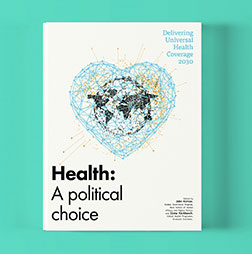The health and well-being of women and girls in a fractured world
We are living through a convergence of crises. Armed conflicts are escalating; disinformation is corroding trust; authoritarianism is shrinking democratic spaces. These crises collide with demographic shifts, the climate emergency and the looming threat of pandemics. The consequences for health and well-being are well documented. But the burden does not fall evenly: women and girls carry a disproportionate share of the costs. Evidence alone cannot move us forward. The step from knowledge to wisdom depends on political choice.
Fragile and humanitarian settings are sites where sexual and reproductive health and rights collapse. Over 600 million women and girls now live in conflict-affected regions, an increase of 50% in just a decade. Women of reproductive age in areas of high-intensity conflict face three times the risk of mortality compared to their peers in peaceful settings. The use of sexual violence as a weapon of war has surged: United Nations monitoring documented a 25% rise in cases of conflict-related sexual violence in 2024 alone, with more than 4,600 survivors identified. This is an underestimation of the reality on the ground. The assaults are rarely isolated acts; they often involve multiple perpetrators, and are carried out systematically to terrorise populations and fracture communities.
A heavy burden
The health consequences are devastating. The World Health Organization estimates that six in ten preventable maternal deaths now occur in conflict settings, with maternal mortality rates often double those seen elsewhere. The collapse of health infrastructure, forced displacement and targeted attacks on facilities deprive women and adolescent girls of safe delivery services, contraception and emergency obstetric care. For many, even the most basic psychosocial support is absent.
The toll on women’s mental health is unsurprising but no less devastating. Survivors of conflict-related sexual violence experience some of the highest rates of post-traumatic stress disorder, depression, anxiety and social isolation. Women are two to three times more likely than men to develop PTSD after trauma, particularly when sexual violence is involved. Stigma deepens the injury, silencing survivors and pushing them to the margins of their communities.
In contexts such as South Sudan, Syria or Gaza, where formal mental health services are scarce or destroyed, mental health conditions often go untreated. The impact extends beyond individuals to families and to entire communities. The intergenerational consequences can be severe: maternal depression is linked to impaired infant development and poor educational attainment of children. Cycles of violence can extend beyond the conflict and fragile settings.
Beyond conflict zones, sexual and reproductive health and rights remain contested terrain. The demographic anxieties of ageing populations have triggered pronatalist policies pressuring women to reproduce, sometimes coercively. Such measures disregard evidence that women are more likely to have children when supported by social protections, gender-equitable labour markets and universal access to
health care.
At the same time, a coordinated geopolitical backlash against gender equality, women’s rights and scientific authority has gained traction Anti-gender and anti-rights movements have reframed reproductive health as a threat. These campaigns weaponise the language of decolonisation, tradition and disinformation to undermine trust in evidence-based medicine, eroding decades of progress in women’s health.
The implications for mental health are profound. When women’s choices are constrained, whether by armed actors, ideological movements or state policy, the result is compromised physical health, heightened stress, anxiety and diminished autonomy.
Women-led solutions in the face of adversity
There are, however, potential opportunities. Innovations in the humanitarian sector and decades of evidence through research on sexual and reproductive health and health systems demonstrate that continuity of care is possible. Mobile clinics, emergency sexual and reproductive health kits, and the training of community health workers have ensured life-saving interventions in the hardest-hit regions. Integrating mental health and psychosocial support into such services has proven both feasible and effective, addressing mental health alongside physical needs.
Scientific advances are also reshaping what is possible. Research at the intersection of biology and the social determinants of health is clarifying how gendered stressors interact with biological processes across the life course, from menarche to menopause. Advances in data science and digital health offer new means of pre-empting vulnerabilities and tailoring health promoting interventions that take account of context. Importantly, participatory research with women-led civil society in affected communities is strengthening the relevance and ownership of solutions.
In this fractured ecosystem, global health leadership is indispensable. With its normative role and rights-based, evidence-driven agenda for women’s health and mental well-being, the WHO has unique legitimacy through generating and synthesising evidence, setting integrated standards across mental health, sexual and reproductive health and women’s health, supporting implementation and elevating women’s voices in policymaking. The WHO can lead with science and standards. But member states also have obligations under international human rights law and global health commitments to recognise that women are not a marginal constituency but half of every population. Women are central to both production and reproduction. Protecting their health, rights and mental well-being is therefore a political and economic imperative.












